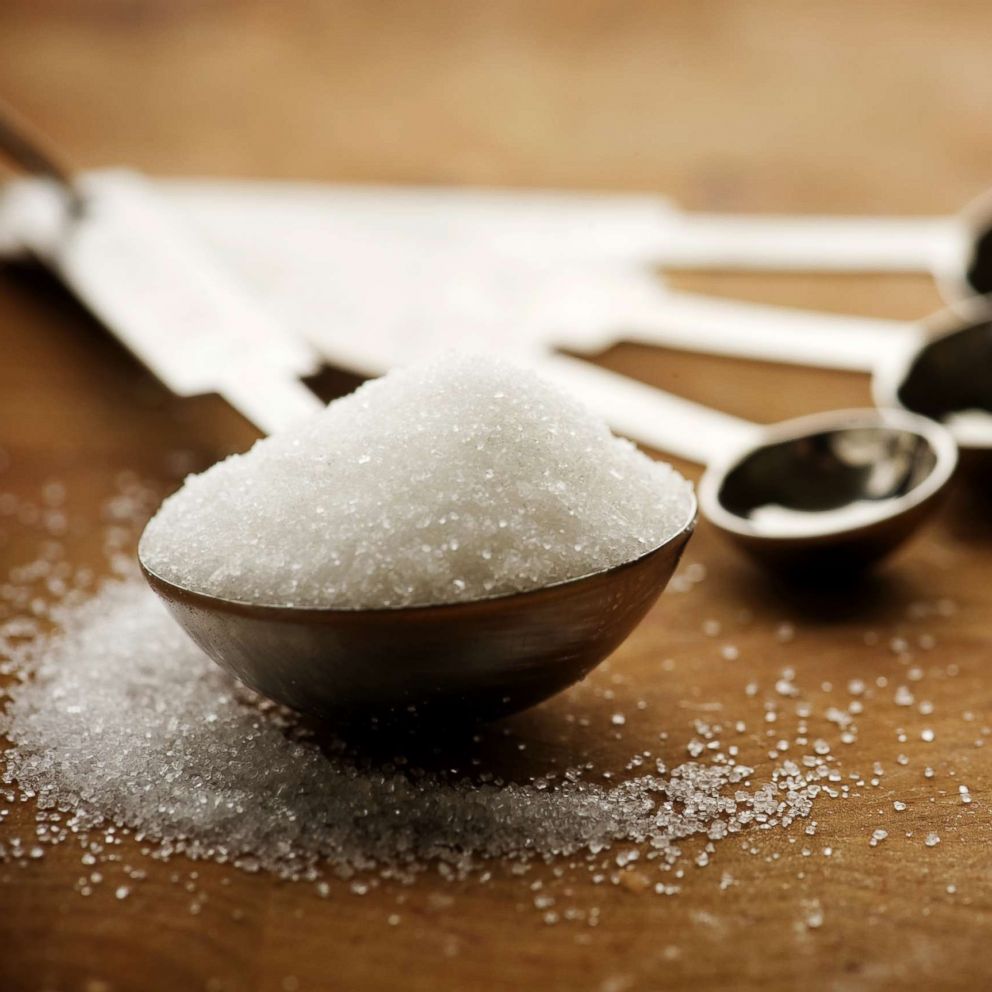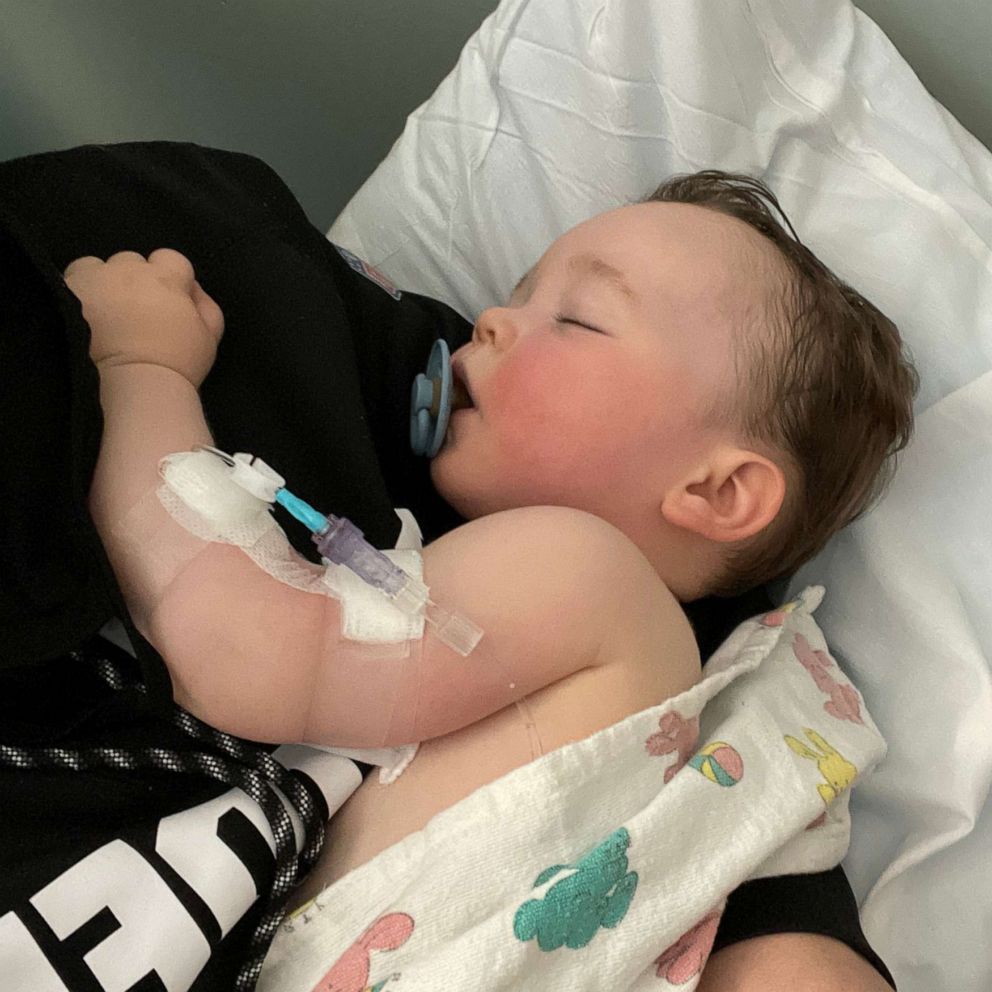Try these tips to 'hack' your way to feeling good during meals
A biochemist who said she went on a quest to figure how to eat to get her body to "work optimally" is sharing her tips.
Jessie Inchauspé is known as the "glucose goddess" by her more than 1 million followers on Instagram, where she helps explain how different foods impact the body, particularly blood sugar levels.
After searching for ways to understand how to feel and eat better, Inchauspé said she started wearing a continuous glucose monitor that details her body's reaction to proteins, carbohydrates and sugars.
While Inchauspé says she shares the data from her continuous glucose monitor to help educate people, she does not advocate that people wear a monitor, unless they have diabetes.
On Instagram, Inchauspé, the author of "Glucose Revolution," shares graphs of her blood sugar levels after eating different foods.
In one post, Inchauspé showed the difference between eating a carbohydrate-based breakfast of oatmeal versus a protein-based bowl of yogurt with raspberries, cacao nibs and chia seeds.
With the oatmeal, her blood sugar spiked nearly 30 points, while the yogurt barely caused any spike.
"An easy thing to do is to switch to a savory breakfast that has a lot of protein in it," Inchauspé told "Good Morning America."
Medical experts say steady blood sugar levels generally keep the body in a state of using food as fuel, but big spikes in blood sugar can stimulate the body to store fat, increase your risk of heart disease and spur chronic inflammation.
"After eating processed carbohydrates, blood sugar rises much higher than it would ordinarily," Dr. David Ludwig, professor of nutrition and pediatrics at Harvard University, told "GMA." "And it can stay high for a few hours after the meal."
Some of the keys to balancing blood sugar levels include avoiding processed foods, eating more protein, adding healthy fats like avocado, olive oil and nuts and even walking after big meals.
Inchauspé said she has learned that combining food groups also helps control her blood sugar levels.
For instance, when eating carbohydrates, adding in protein or healthy fats, like nut butters or olive oil, helps lower the blood sugar spike, according to Inchauspé .
Adding vegetables alongside carbs is also helpful, according to Inchauspé, because of the fiber in vegetables.
"The protective fiber is creating this mesh and it's going to slow down the glucose spike," she said, noting that eating salad alongside French fries, for example, will help mute the blood sugar response.
Other tips from Inchauspé for helping control blood sugar levels include having dessert after meals instead of snacking on sweets, which can dramatically spike blood sugar on an empty stomach.
She also recommends going for a walk after dinner because exercise may be able to reduce your post-meal glucose levels.
While these tips may help decrease a spike in blood sugar, it is important to note blood sugar is not the only factor impacting a person's health. High amounts of fat or sodium or large meal portions should also be considered.







